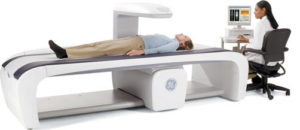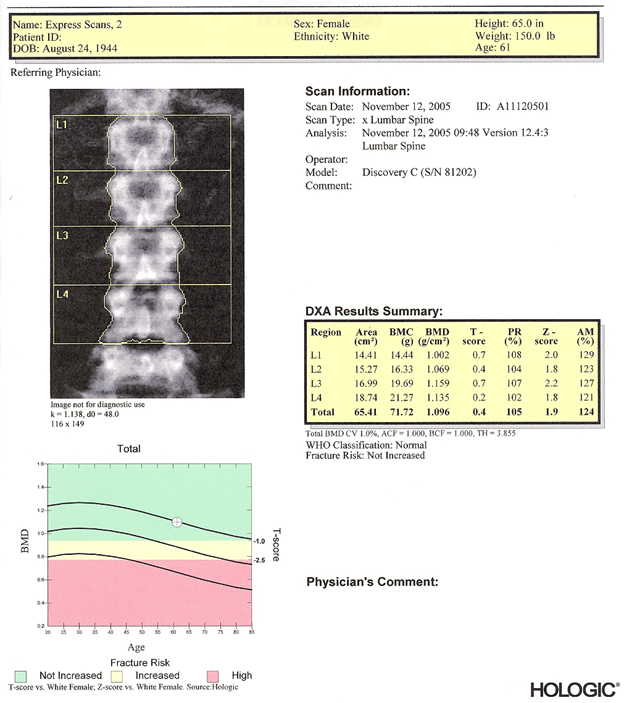
According to the U.S. Library of Medicine, osteoporosis is the thinning of bone tissue and loss of bone density over time. Osteoporosis is the most common type of bone disease. Researchers estimate that about 1 out of 5 American women over the age of 50 have osteoporosis. About half of all women over the age of 50 will have a fracture of the hip, wrist, or vertebra (bones of the spine).
Osteoporosis occurs when the body fails to form enough new bone, when too much old bone is reabsorbed by the body, or both. Calcium and phosphate are two minerals that are essential for normal bone formation. Throughout youth, your body uses these minerals to produce bones. If you do not get enough calcium, or if your body does not absorb enough calcium from the diet, bone production and bone tissues may suffer.
As you age, calcium and phosphate may be reabsorbed back into the body from the bones, which makes the bone tissue weaker. This can result in brittle, fragile bones that are more prone to fractures, even without injury.
Usually, the loss occurs gradually over years. Many times, a person will have a fracture before becoming aware that the disease is present. By the time a fracture occurs, the disease is in its advanced stages and damage is severe.
The leading causes of osteoporosis are a drop in estrogen in women at the time of menopause and a drop in testosterone in men. Women over age 50 and men over age 70 have a higher risk for osteoporosis.

At The Imaging Center, we use a Hologic DEXA bone density scanner to check for signs of osteoporosis. The DEXA bone density scan uses advanced X-ray technology to examine bones, determining how dense they are and how much bone mass has been lost. There are several tests and methods that can be used to diagnose bone loss, but the DEXA bone density scan is considered the gold standard. A DEXA bone density scan is generally recommended for people over age 65 and those who have risk factors for osteoporosis. The scan can tell you the status of your bone health and help your doctor determine what steps you need to take should the results indicate bone loss and osteoporosis risk.
A bone density scan normally takes from 15-20 minutes. The technologist will position you on a table on your back and will make you as comfortable as possible. The machine will slowly move up and down your spine and pelvis measuring the density of the bone.

Example of a DEXA report